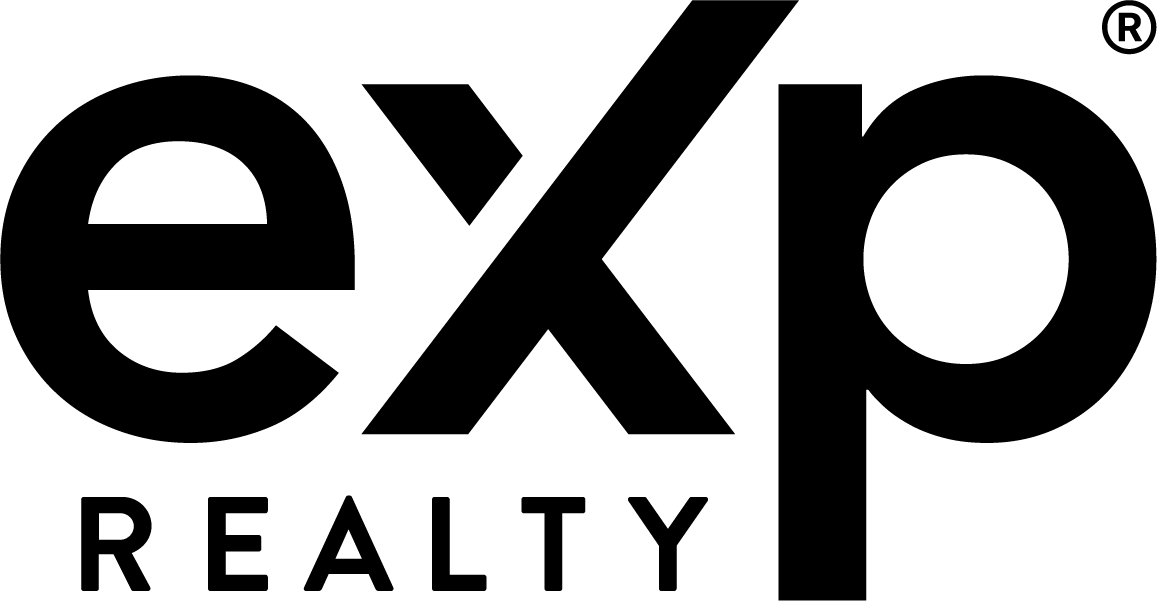The Hidden Costs of New Construction Homes (Austin Buyers Beware)
Thinking about buying new construction in the Austin suburbs? Walking into a model home can feel like stepping into a dream: fresh paint, gleaming appliances, spotless surfaces, and the promise of starting fresh. But that dream comes with fine print, fees, and potential delays that can change the math on your purchase. In this guide I will walk you through what we see every day—what to celebrate, what to watch for, and the hidden costs that catch buyers off guard when buying new construction in the Austin suburbs.
Table of Contents
- Intro – New Construction in Austin
- Why Buyers Love New Homes
- The Fine Print & Hidden Warranties
- Builder Incentives & Money Traps
- The Pride of Ownership
- Delays, Disappointments & Reality Checks
- Negotiation Limits & Agent Protection
- Why Inspections Still Matter
- Hidden Costs Most Buyers Miss
- The Risk of Going In Blind
- Two Buyer Stories, Two Outcomes
- Final Thoughts & Next Steps
- FAQs About The Hidden Costs of New Construction Homes in Austin, TX
Intro – New Construction in Austin
New construction presents real advantages: modern systems, energy efficiency, and the pride of being the first owner. But it also comes with unique risks. When you are buying new construction in the Austin suburbs you are not only buying a home, you are buying a package of warranties, HOA rules, tax structures, and a builder contract written to protect the builder. Understand each piece before you sign.
DISCOVER AUSTIN, TX HOMES FOR SALE
Why Buyers Love New Homes
One reason buyers flock to new builds is simple: everything is new. No hidden stains, no unknown plumbing or electrical history, and often better efficiency. In many neighborhoods around Austin, newer homes are designed with energy efficiency in mind. That can translate into savings of about $500 to $1,500 a year depending on the home size and location. When you are buying new construction in the Austin suburbs that level of energy savings can help offset other costs over time.
Another advantage is warranties. New homes typically include coverage for structure, mechanical systems, and appliances. That means fewer repair calls in the early years—if you know how to activate and use those warranties. Activating warranties and documenting issues properly can save you thousands down the road.
The Fine Print & Hidden Warranties
Warranties are great, but they have rules. Timing, scope, and the requirement for written notices matter. When you're buying new construction in the Austin suburbs, make sure you:
- Read warranty documents carefully and calendar key deadlines.
- Submit warranty requests in writing and keep copies.
- Schedule inspections at major milestones so issues are caught early.
Builder Incentives & Money Traps
Today builders are competing for buyers. You will see interest rate buy downs, closing cost credits, and upgrade packages. These incentives can make a new build more affordable at closing, but they are not free. Incentives can mask higher long term costs if you do not account for taxes, HOA fees, lot premiums, and future special assessments.
When buying new construction in the Austin suburbs, always ask how incentives are structured: are they lender-paid, builder-paid, or built into a higher base price? Does the incentive expire if you choose a different lender? A smart plan protects you from short-term deals that increase lifetime costs.
The Pride of Ownership
Beyond calculations, there is a pride factor. Renting builds someone else’s wealth. Owning builds yours. Every mortgage payment can add to equity, and each improvement is an investment you own. If your goal is stability and wealth-building, buying new construction in the Austin suburbs can be a powerful tool—so long as you understand the full cost picture.
Delays, Disappointments & Reality Checks
Most new homes take at least six months to build, and delays are common. Labor shortages, supply chain issues, and weather can push close dates. For buyers, delays can mean extra rent, temporary housing costs, or exposure to higher interest rates. Marcus Aurelius put it well: "What stands in the way becomes the way." Delays are not failures—just part of the process you must plan for.
Financially plan for contingencies. Have a backup plan for rent or storage, and talk to your lender about rate lock options if you are worried about rising rates during the build.
Negotiation Limits & Agent Protection
One big reality with builders: they control leverage. Builder contracts are written to protect the builder, deposits can be at risk, and repairs are often limited to warranty terms. The smiling sales rep in the model home works for the builder; their job is to protect profit, not your long-term financial future.
Representation matters. If you are buying new construction in the Austin suburbs, work with an agent who specializes in new builds. They will explain contract language, push for favorable terms where possible, and coordinate inspections and vendors on your behalf.
Why Inspections Still Matter
Even brand new homes can have mistakes—foundation hairline cracks, plumbing debris left in lines, electrical issues, or cosmetic shortcuts. We always recommend inspections at different stages of construction and a final walk-through inspection prior to closing.
Inspections catch surprises so you are not stuck with repairs after move-in. The cost of a professional inspection is small compared to the expense of fixing hidden defects after the warranty window starts to run.
Hidden Costs Most Buyers Miss
Here is where buyers get hit. The base price of the house is just the invitation. The real cost shows up after you sign. Examples we frequently see when buying new construction in the Austin suburbs include:
- HOA dues, which can range from $50 to $400 per month and often increase 10 to 15 percent annually.
- Special assessments that add thousands to annual costs.
- MUD and PID taxes, municipal districts or public improvement districts that can tack on thousands to your annual tax bill for decades.
- Lot premiums for premium locations inside the neighborhood.
- Design center upgrade costs, landscaping, window coverings, appliances, and utility deposits required to turn on service.
Tax rates can vary dramatically—even one street over. In some parts of the Austin suburbs a one percent difference in tax rate can mean hundreds of dollars more per month. When you are buying new construction in the Austin suburbs, research tax rates and district assessments for the exact lot you are considering—not just the neighborhood in general.
The Risk of Going In Blind
Warren Buffett said it clearly: "Risk comes from not knowing what you are doing." The risk is not the fact that the home is new. The risk is stepping in blind. That is why the right team matters: an experienced agent, a reliable inspector who knows new construction, and a lender who explains financing details and long-term costs.
Two Buyer Stories, Two Outcomes
We see the same builder and market produce two very different outcomes depending on representation. Scenario one: a couple walks into a builder’s office alone, falls in love with a model, signs quickly, and discovers later that MUD and HOA costs add $300 a month to their payment. They accepted closing cost credits but no one explained the ongoing fees. Their monthly budget is squeezed and they are stuck with higher carrying costs than expected.
Scenario two: a couple comes in with representation. Their agent explains contract clauses, an inspector checks each major stage of construction, and their lender structures a financing plan that accounts for MUD and HOA charges. They pay similar purchase price but have better cash flow, no surprise taxes, and a smoother move-in.
An agent is only as good as the vendors they bring. The right inspector catches hidden issues. The right lender explains every line. The right contractor stands behind their work. That professional network is the difference between a stress-filled purchase and a confident one.
Final Thoughts & Next Steps
New construction is both exciting and complicated. In today’s market, builder incentives and a healthy inventory make now a real opportunity for buyers. But opportunity requires preparation. If you are buying new construction in the Austin suburbs, here are practical next steps:
- Get preapproved by a lender who understands construction timelines and MUD/PID impacts.
- Work with an agent experienced in new construction contracts and negotiation.
- Schedule staged inspections during construction and a final third-party inspection before closing.
- Read and calendar all warranty deadlines and HOA rules before you move in.
- Budget for move-in costs: landscaping, window coverings, appliances, and utility deposits.
Buying new construction in the Austin suburbs can be a smart move. With the right preparation, representation, and attention to the fine print you can enjoy modern systems, energy savings, and the pride of ownership without unexpected surprises. Reach out us at 512-648-2828
DOWNLOAD YOUR FREE AUSTIN SUBURBS GUIDE
FAQs About The Hidden Costs of New Construction Homes in Austin, TX
What are the most common hidden fees when buying new construction in the Austin suburbs?
Common hidden fees include HOA dues, MUD or PID taxes, special assessments, lot premiums, design center upgrades, landscaping and utility deposits. These items often appear after contract signing and can add hundreds or thousands to monthly and annual costs.
Do new homes come with warranties and are they enough?
Yes, most new homes include structural, systems, and appliance warranties. Warranties reduce early repair costs but have limits and deadlines. It is critical to register warranties, understand required maintenance, and submit claims in writing within the warranty period.
Should I get an inspection for a brand new home?
Absolutely. New constructions can have defects like debris in plumbing, electrical issues, or foundation concerns. Staged inspections during the build and a final inspection before closing catch issues early and protect you from post-move surprises.
Can builder incentives be trusted or are they traps?
Builder incentives can be genuine savings but may be structured to cover closing costs only or tied to specific lenders. Analyze whether an incentive increases the purchase price or affects long-term costs. Have your agent and lender review incentive terms before accepting.
How do I account for taxes and district fees in my budget?
Research the specific lot’s tax rate and any MUD or PID obligations. Ask the builder for estimates and check county tax records. Include projected increases and potential special assessments in your affordability calculations.
Alisha & Matthew Wilson
With years of experience in both residential and investment properties, they are dedicated to helping clients navigate Austin’s thriving market.
LIVING IN Austin TX
Specializing in relocation and real estate investment, they provide expert advice and guidance to help you find your dream home or investment property in the vibrant Austin market. Tune in for helpful tips, neighborhood tours, and insights on living in Austin.






